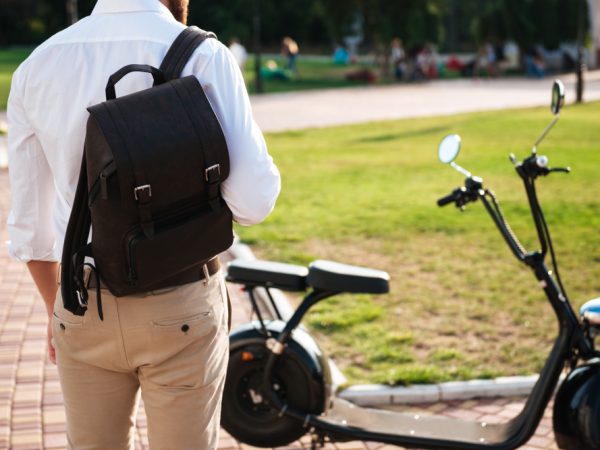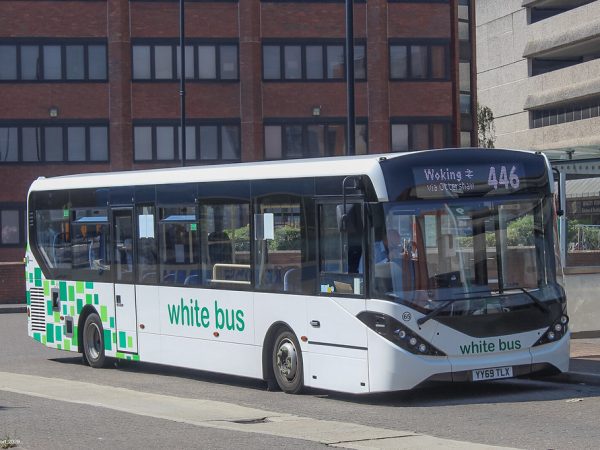Can I Bring a Cart on a Plane? Everything You Need to Know Before You Fly

Traveling with extra items can be confusing, especially when it comes to unique or bulky belongings. One common question travelers ask is, Can I bring a cart on a plane? Whether it is a foldable hand cart, a luggage trolley, or a utility cart for personal use, understanding the Transportation Security Administration (TSA) rules and airline guidelines is essential before you pack.
This guide covers everything you need to know about bringing a cart on a plane — from what types are allowed to how to pack them properly for a hassle-free experience.
Understanding What Counts as a Cart
Before anything else, it helps to know what qualifies as a “cart” in airline and TSA terms. A cart can refer to a variety of items, such as:
- Foldable luggage carts or hand trucks used to carry bags.
- Golf carts or electric utility carts (larger vehicles).
- Small personal shopping or folding carts.
- Electric scooters or mobility carts for accessibility needs.
For most travelers, the question refers to small, foldable luggage or utility carts used to carry suitcases or boxes. These are usually lightweight and compact, which makes them easier to transport.
TSA Rules on Bringing a Cart on a Plane
The TSA allows passengers to bring a foldable hand cart or trolley as part of their luggage, but there are some important guidelines to follow. A foldable manual cart is generally permitted in either checked baggage or as carry-on, depending on its size and weight.
However, electric or battery-powered carts, such as mobility scooters or electric luggage carts, are subject to stricter regulations. These typically need to be checked and must comply with rules for lithium-ion batteries. If you are traveling with an electric cart, you should always inform your airline in advance to ensure they can accommodate it safely.
Airline Policies for Carts
Each airline may have its own policy for bringing carts on board. For example, some airlines allow small, foldable luggage carts as part of your carry-on if they fit in the overhead bin or under the seat. Others may require that you check them in.
If your cart is bulky or heavy, it will likely need to be checked with your regular luggage. Airlines also have size and weight limits for both carry-on and checked baggage, and these vary slightly. Checking your airline’s official website before flying is the best way to confirm their specific policy.
Carry-On vs. Checked Luggage: Which is Better for Your Cart
Whether you can carry your cart on the plane or need to check it depends mainly on its size and type.
- Carry-On: Small, foldable carts that can fit in overhead bins are ideal for carry-on. They save time and prevent damage during handling.
- Checked Luggage: Larger carts or those with metal frames and wheels that do not fold compactly are better suited for checked baggage.
If you plan to use the cart immediately upon arrival, it might be more convenient to bring it as carry-on, as long as it meets size restrictions.
How to Pack a Cart for Air Travel
Packing your cart correctly ensures it remains undamaged and easy to handle during your trip. Here are a few tips:
- Fold it securely: Make sure it is fully collapsed to take up minimal space.
- Secure any loose parts: Use straps or tape to prevent wheels or handles from moving during transit.
- Wrap in protective material: If you check your cart, wrap it in a plastic bag or bubble wrap to prevent scratches.
- Label your item: Clearly tag your cart with your name and contact information in case it gets separated from your luggage.
Proper packing minimizes the risk of damage and makes check-in faster.
Traveling with Electric or Battery-Powered Carts
Electric carts, such as mobility scooters or powered hand trucks, have special regulations because of their batteries. Most are powered by lithium-ion batteries, which airlines regulate due to fire risks.
If you are flying with a powered cart:
- Check the battery specifications: Airlines usually allow batteries under a certain watt-hour limit (often under 300 Wh for mobility devices).
- Inform the airline in advance: They may need to verify your device’s safety features.
- Remove the battery if required: Some airlines require passengers to remove batteries and carry them in the cabin.
- Protect terminals: Cover battery terminals with tape to prevent short circuits.
Following these steps ensures your trip remains compliant and safe for all passengers.
Using Carts at the Airport
Carts can be incredibly useful at airports, especially for travelers carrying multiple bags. Most airports provide luggage carts for rent or free use in terminals and baggage claim areas.
If you prefer to bring your own cart, make sure it is easy to fold and carry. Airport security will inspect it like any other item, so keeping it simple and portable helps speed up the process. Remember that airport security officers have the final say on whether an item can pass through the checkpoint.
Carts for Special Needs or Mobility Assistance
Passengers with mobility challenges often rely on electric or manual carts to move through the airport and destination. Airlines and airports are generally very accommodating when it comes to mobility aids.
If your cart qualifies as a mobility aid or assistive device, it is protected under the Air Carrier Access Act in the United States. Airlines are required to handle these items with care and often do not count them toward your baggage limit.
It is still wise to contact the airline before your flight to confirm any necessary documentation or preparation steps.
Tips for Hassle-Free Travel with a Cart
Bringing a cart on a plane does not have to be stressful. Here are some practical tips to make your journey smoother:
- Check dimensions before packing: Make sure your folded cart meets your airline’s carry-on or checked baggage size limits.
- Use lightweight materials: Aluminum or plastic carts are easier to carry and less likely to exceed weight limits.
- Be prepared for inspection: TSA may inspect your cart, especially if it has metal components or wiring.
- Avoid bulky attachments: Remove detachable bags or accessories before boarding to save space.
- Keep your paperwork handy: If you are traveling with a medical or electric cart, carry documentation for quick verification.
Being proactive can help prevent delays and confusion at security checkpoints.
When a Cart Might Not Be Allowed
While most foldable carts are permitted, there are situations when a cart might not be allowed on a plane. These include:
- Oversized dimensions: If it cannot fit in overhead storage or under the seat.
- Sharp or exposed parts: Anything that could pose a safety risk to passengers.
- Restricted batteries: Damaged or unapproved lithium batteries are prohibited.
- Improper packaging: Items not securely folded or packed may be refused at check-in.
In such cases, airlines may ask you to leave the cart behind or check it as special baggage. Always double-check before you travel to avoid last-minute surprises.
Conclusion
So, can you bring a cart on a plane? The answer is yes — in most cases, you can. Small, foldable luggage carts are generally permitted as carry-on or checked items, as long as they meet TSA and airline size requirements. Electric or battery-powered carts are also allowed, but with additional safety precautions and advance notice to your airline.
Traveling with a cart can make your journey much easier, especially if you have multiple bags or mobility needs. By following airline guidelines, packing smartly, and staying informed about regulations, you can bring your cart along without any trouble and enjoy a smooth, stress-free trip.
FAQs
1. Can I bring a foldable luggage cart on a plane?
Yes, foldable manual carts are generally allowed. If small enough, they can be carried on; otherwise, they can be checked with your luggage.
2. Are electric carts or scooters allowed on planes?
Yes, but they are subject to airline approval. You must follow lithium battery safety rules and inform the airline before your flight.
3. Does a cart count as one of my checked bags?
In most cases, yes. A large or heavy cart will count toward your checked baggage allowance unless it qualifies as an assistive device.
4. Can I use my cart inside the airport?
Yes, but security officers may inspect it. Be sure it folds easily so it can pass through screening efficiently.
5. What happens if my cart is too large for carry-on?
If your cart exceeds size limits, you will need to check it. Pack it securely to prevent damage during handling.
Also read: Emma and Mr. Knightley – A Timeless Love from Jane Austen’s Classic Novel











